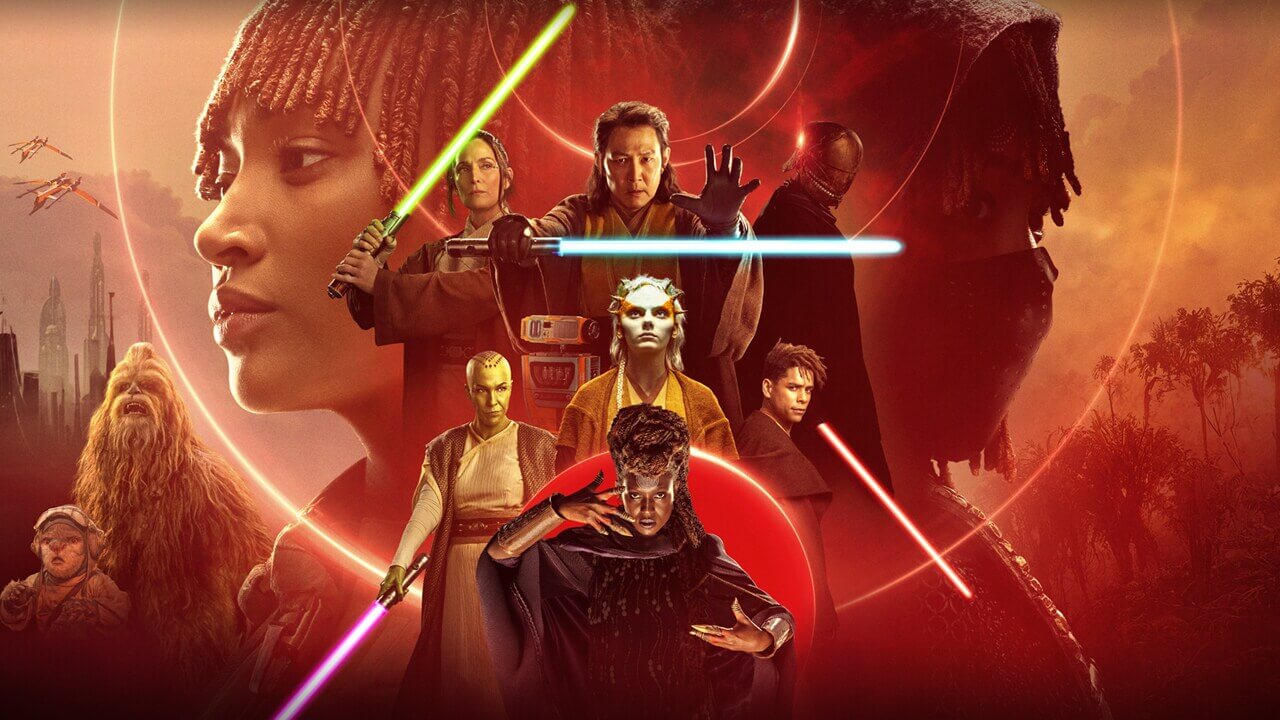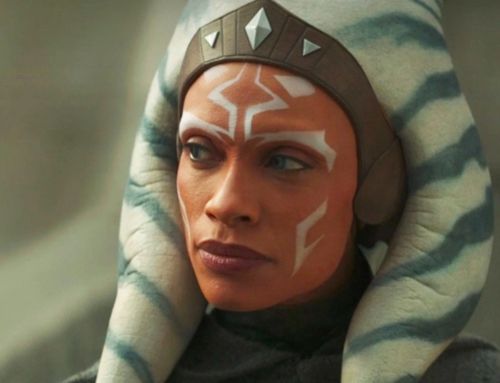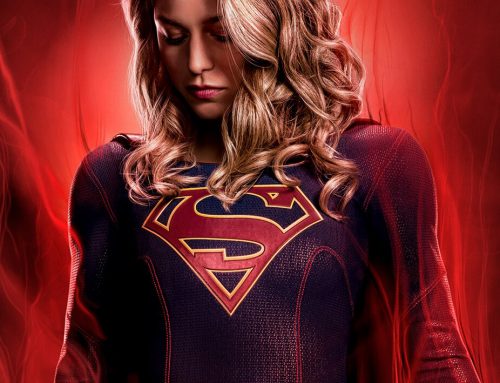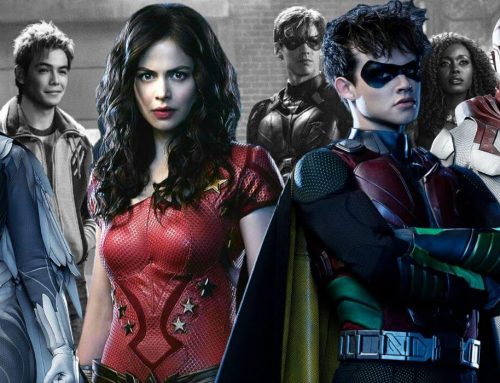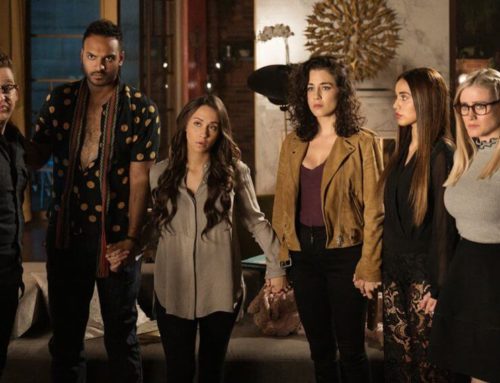***Minor Spoilers for the first 3 episodes of the Acolyte***
“Star Wars: The Acolyte” is an eight-episode series on Disney+ that follows the story of two sisters, Osha and Mae, who were separated at a young age due to a tragic fire that decimated their colony. Believing the other to be dead, the sisters lead drastically different lives: Osha trains to become a Jedi, ultimately failing in her quest, while Mae becomes a vengeful assassin, determined to destroy the Jedi she blames for her family and tribe’s demise.
The premise of “The Acolyte” holds promise, presenting a rich narrative potential rooted in sibling rivalry, ideological conflict, and personal vendettas. The first three episodes set the stage effectively, drawing viewers into the emotional and physical turmoil faced by the protagonists. However, as the series progresses, the initial intrigue is quickly overshadowed by subpar writing and dialogue, which some critics argue is worse than that of the much-maligned “Episode II: Attack of the Clones.”
Critics and fans alike have voiced their disappointment with the series’ execution. Forbes magazine, among others, has pointed out numerous instances of poor dialogue and inconsistent writing that detract from the overall viewing experience. These criticisms have contributed to the show’s dismal reception, with its Rotten Tomatoes rating plummeting to a mere 14% after the release of the first three episodes.
Despite the harsh criticism, it is important to acknowledge that some of the backlash may be rooted in more than just the show’s quality. Accusations of the series being “too woke” or having an “overly woke agenda” have surfaced, reflecting a divisive reaction to the perceived social and political undertones within the storyline. While these elements are present, it is debatable whether they significantly detract from the narrative or are simply being used as a scapegoat for other shortcomings in the show.
From a storytelling perspective, “The Acolyte” attempts to explore complex themes such as the morality of the Jedi Order, the impact of trauma, and the lengths individuals will go to for vengeance. Osha’s journey through Jedi training and her eventual failure highlights the rigid and often unforgiving nature of the Jedi Code. In contrast, Mae’s transformation into an assassin underscores the dark side of seeking retribution and the consuming nature of hatred.
The show’s potential lies in its ability to delve deeper into these characters’ psyches and their evolving relationship. The tension between Osha and Mae, shaped by their contrasting views on the Jedi, serves as the emotional core of the series. If the writing could more effectively convey their internal struggles and the broader implications of their conflict, “The Acolyte” might resonate more with its audience.
However, the lackluster execution so far has made it challenging for viewers to remain invested. Many fans have already formed a negative opinion, and it remains uncertain whether the remaining episodes can turn the tide. The series’ pacing, character development, and dialogue all need significant improvement to salvage its reputation and engage viewers who are on the fence.
In conclusion, while “Star Wars: The Acolyte” is not a series I would currently recommend to die-hard fans of the franchise, there is still a sliver of hope for redemption in the episodes yet to be released. The show has the potential to improve and offer a more compelling narrative that could change the minds of its detractors. As someone who has already invested time in watching the initial episodes, I plan to see it through to the end, hoping that the show can rise above its early missteps and deliver a satisfying conclusion.
Check out some of our other articles and give our podcast a listen for more Star Wars and nerd culture entertainment.


